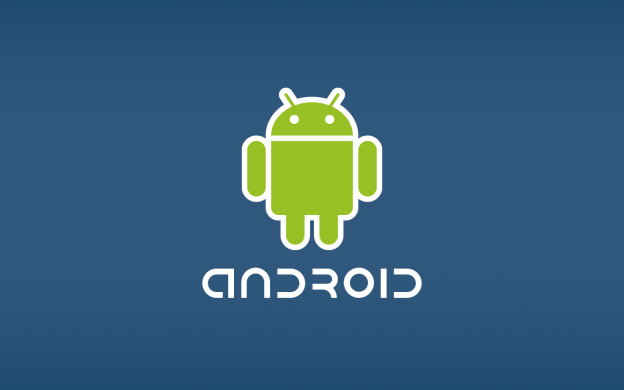
Google’s Android mobile operating system continued to gain users during April, May, and June, jumping from 34.7 percent market share in March of this year to 40.1 percent at the end of June, according to a survey of 30,000 mobile subscribers by comScore. This makes Android the most popular OS in the United States.
Apple followed Google’s lead with 26.6 percent of US smartphone users, a jump of 1.1 percent. Blackberry maker Research In Motion still managed to come in third, with 23.4 percent of the smartphone market, down from 27.1 percent at the end of March. Microsoft‘s Windows Phone and Windows Mobile operating systems made up 5.8 percent of the market, Nokia‘s now-defunct Symbian OS accounted for just 2 percent.

When looking at devices, both smartphones and non-smartphones, Samsung remains the No. 1 handset maker in the US, with 25.3 percent of all cell phone owners (over age 13) using their devices, a slight rise (0.8 percent) from March. LG came in second with 21.3 percent, followed by Motorola (14.5 percent). Apple came in at No. 4, with 8.9 percent of users, a 1 percent jump from March. RIM came in fifth with 7.9 percent market share, a drop of half a percentage point.

Texting remains the most popular activity by far with 69.6 percent of cell phone users sending texts. Forty percent of cell phone users use a web browser on their phone, while an almost equal number (39.5 percent) use downloaded apps. Nearly 30 percent of users access social networks from their devices, and 26.9 percent play games, the study showed.
When comparing the fight for smartphone dominance between Google and Apple, it’s important to remember that Android is used on an increasingly wide variety of devices, from a number of companies (including market leaders Samsung and Motorola). Apple, on the other hand, only has four smartphones on the market: the original iPhone, iPhone 3G, 3G S and iPhone 4.
This is especially impressive considering research firm IDC announced today that, according to its count of smartphone shipments, Apple is now the No. 1 handset maker in the world.
Edit: Correction at 12pm EST


